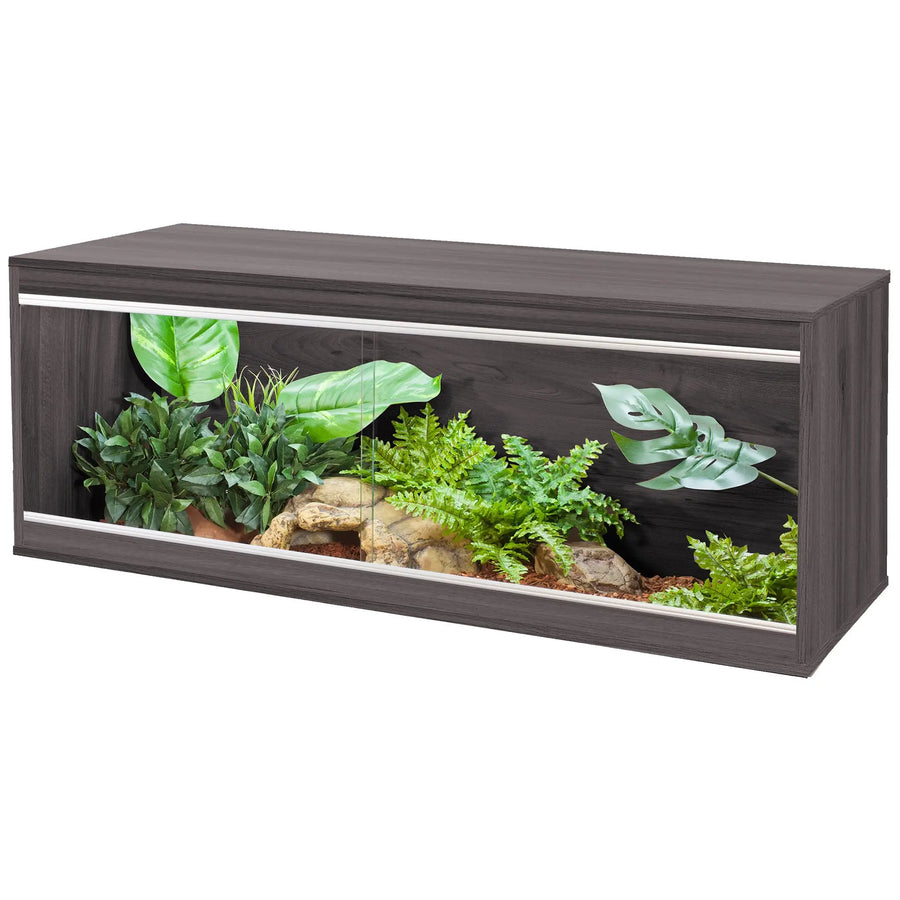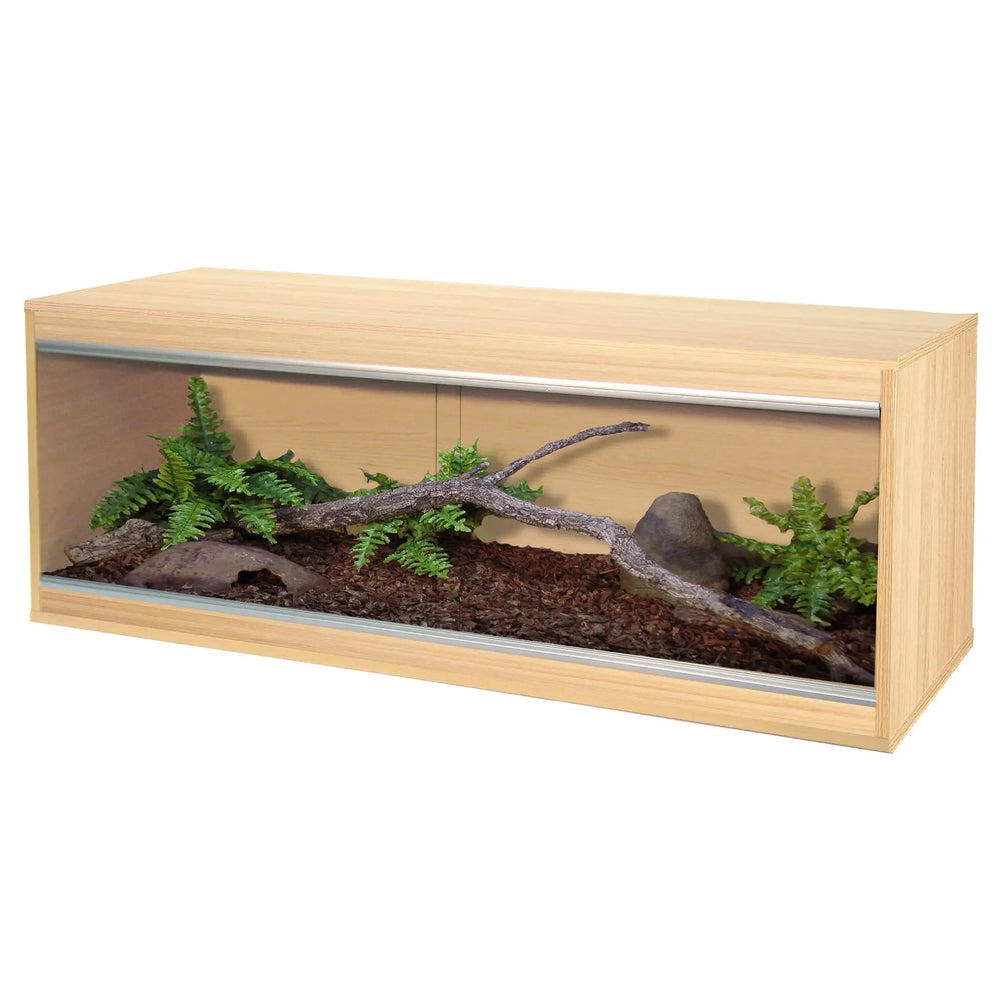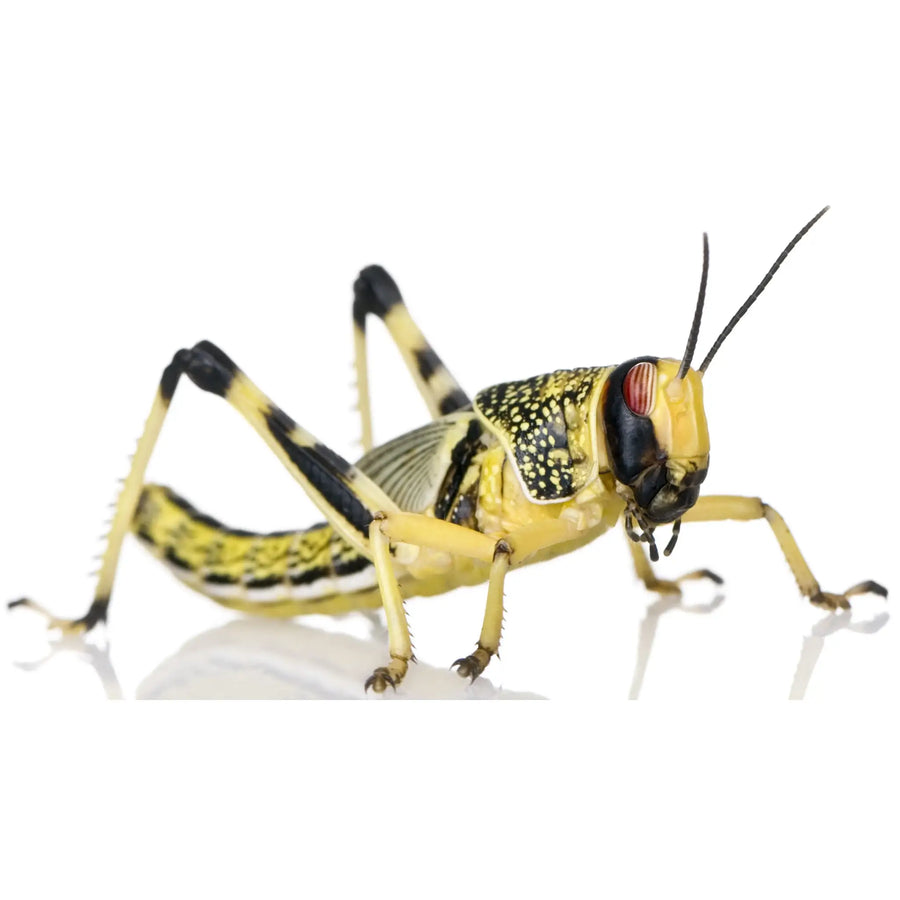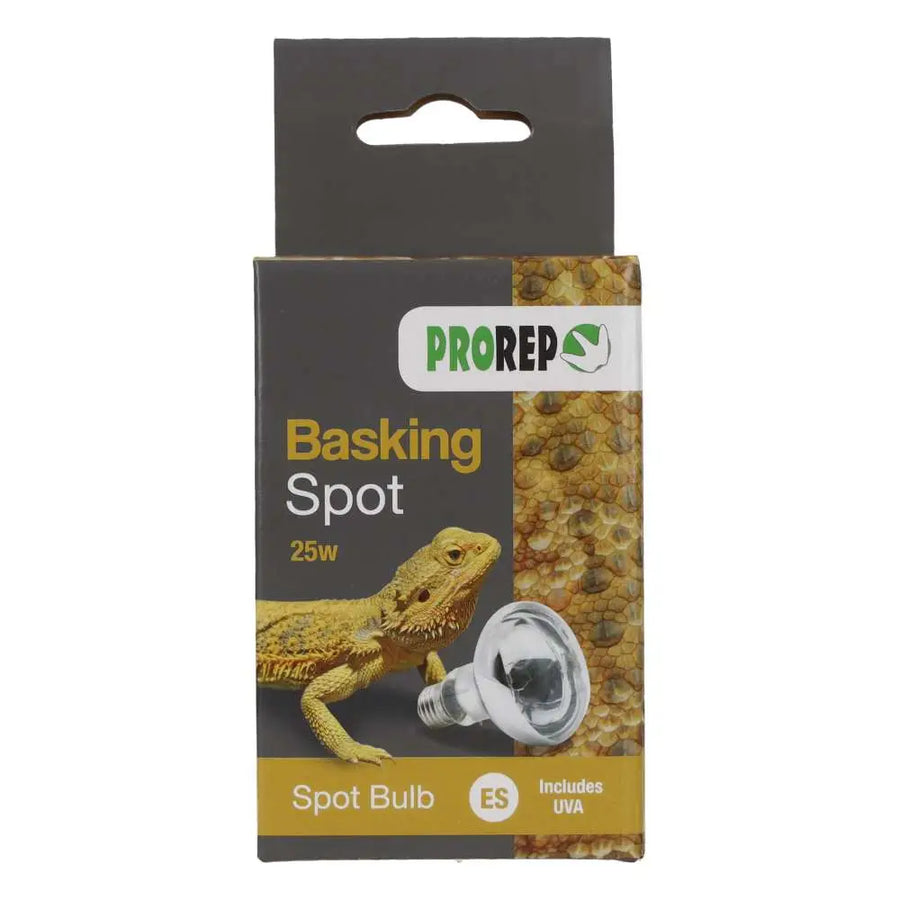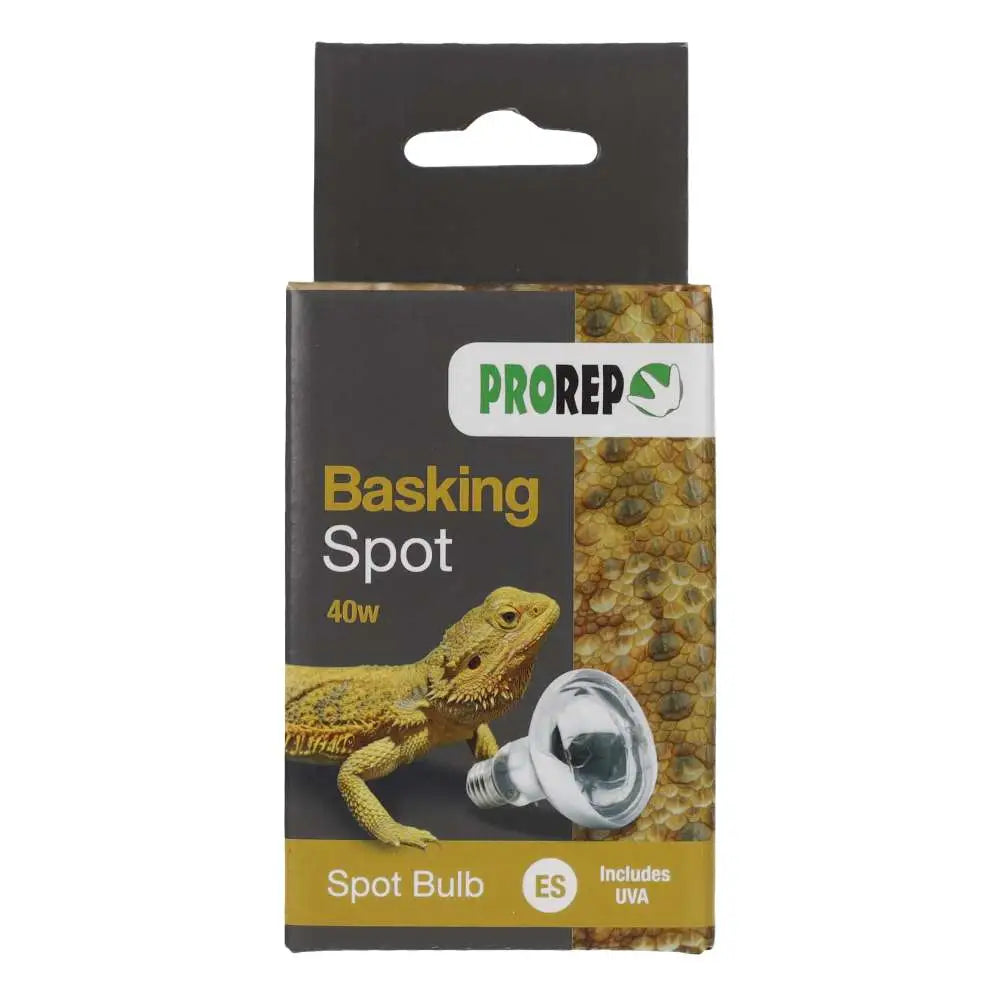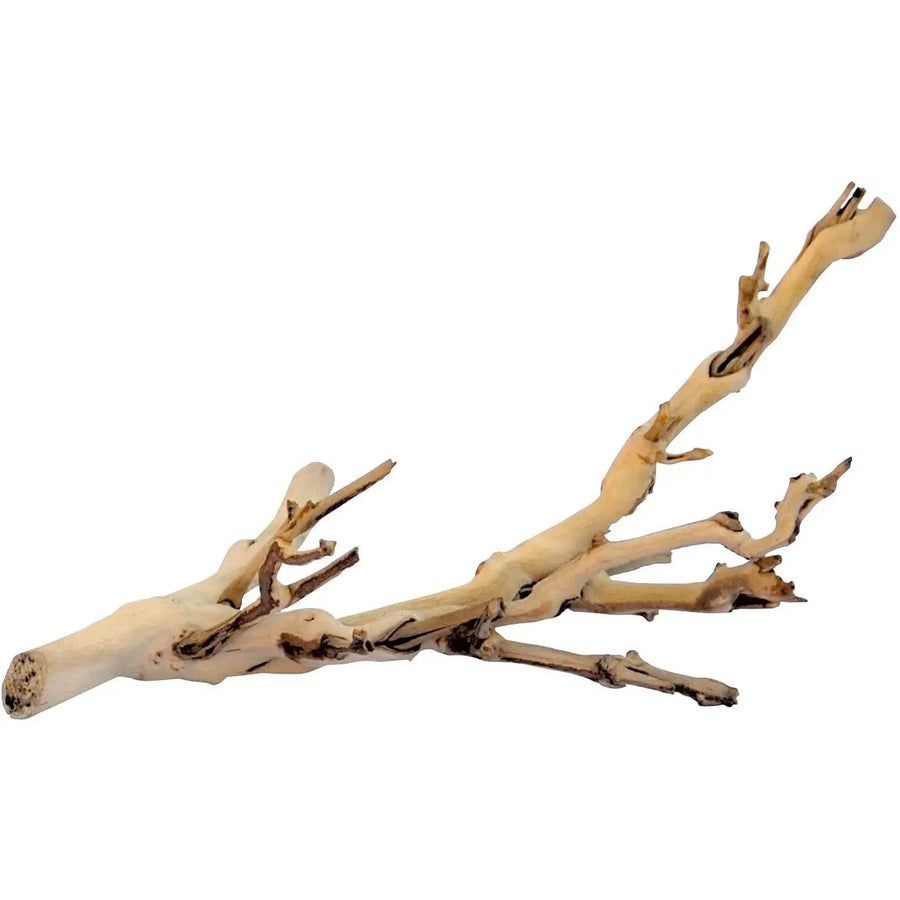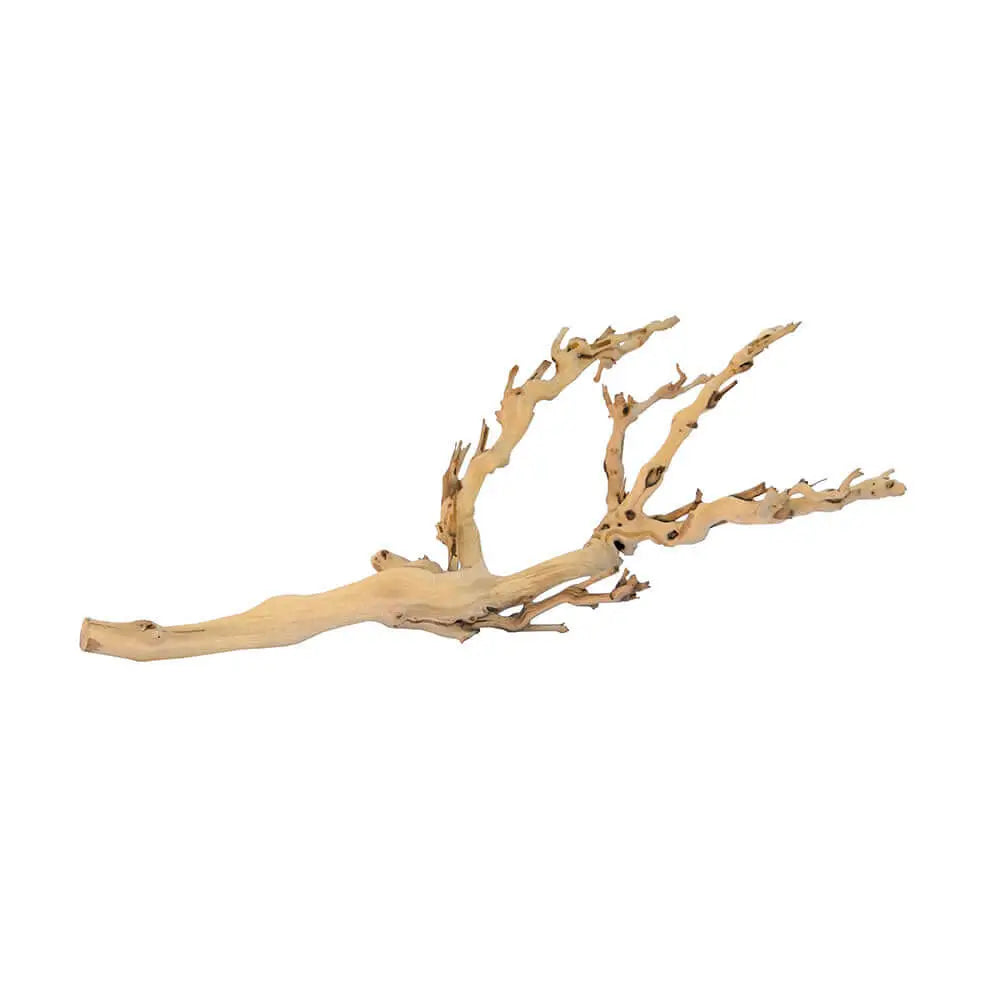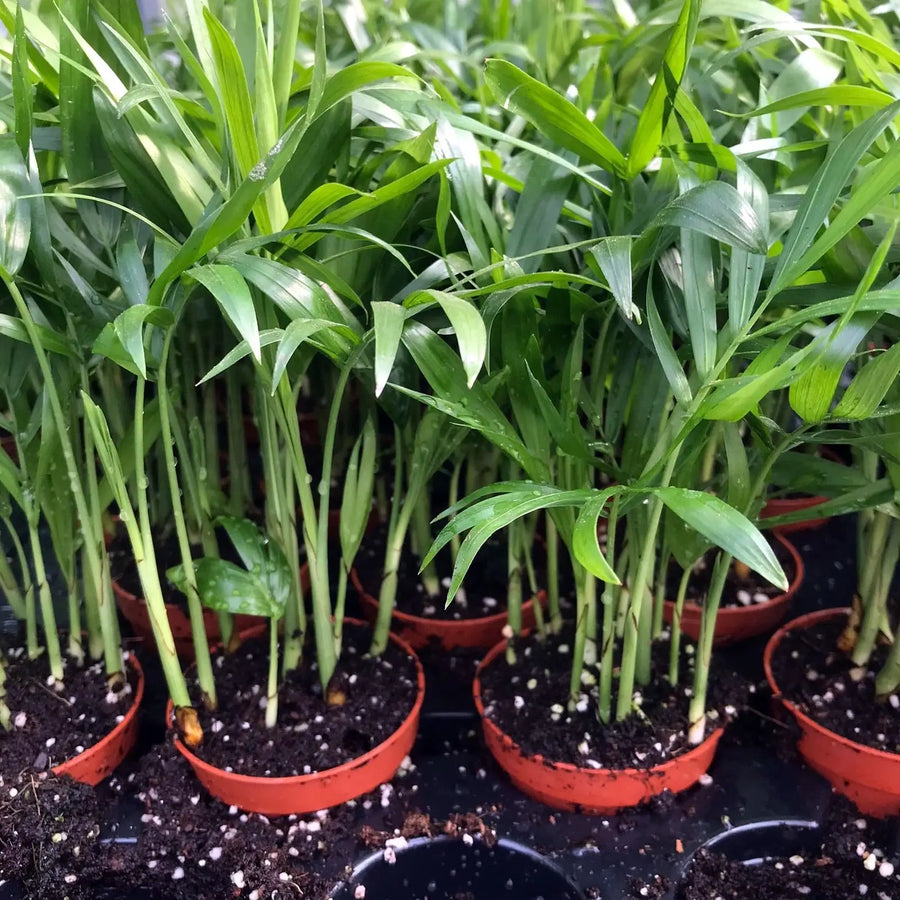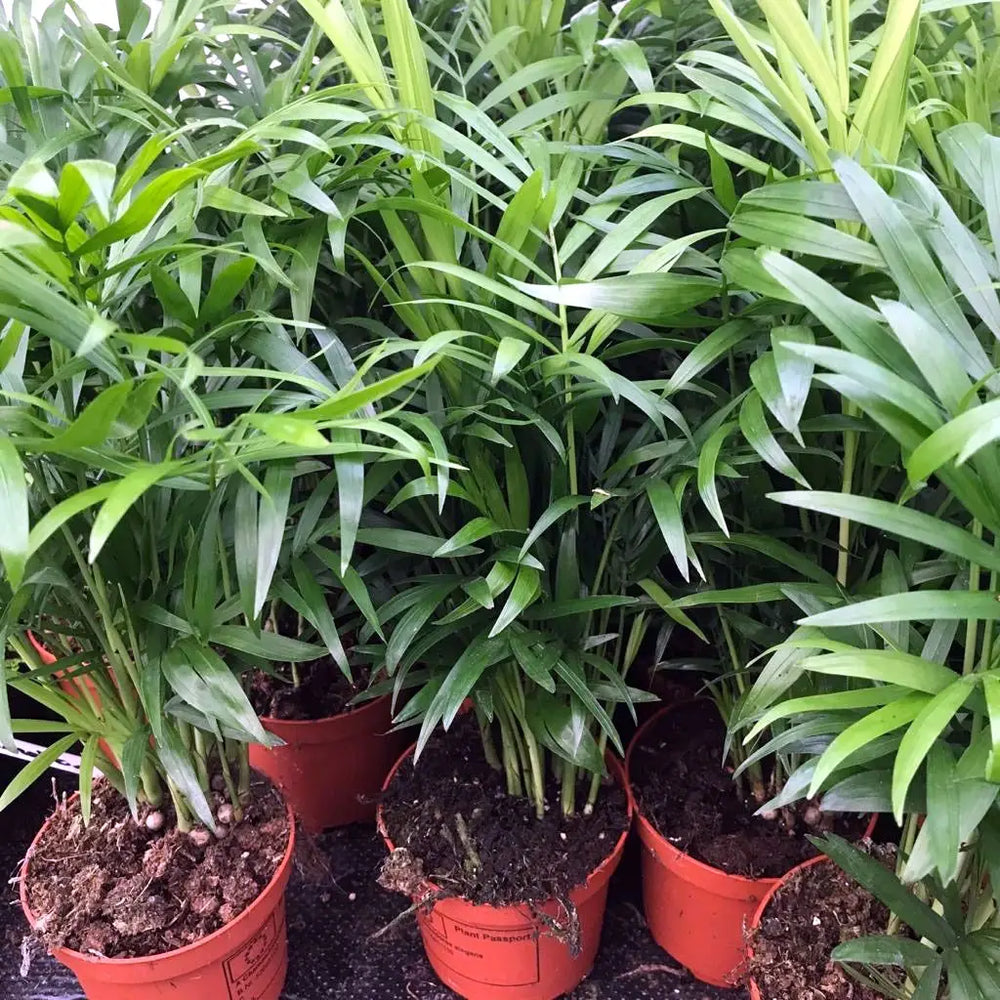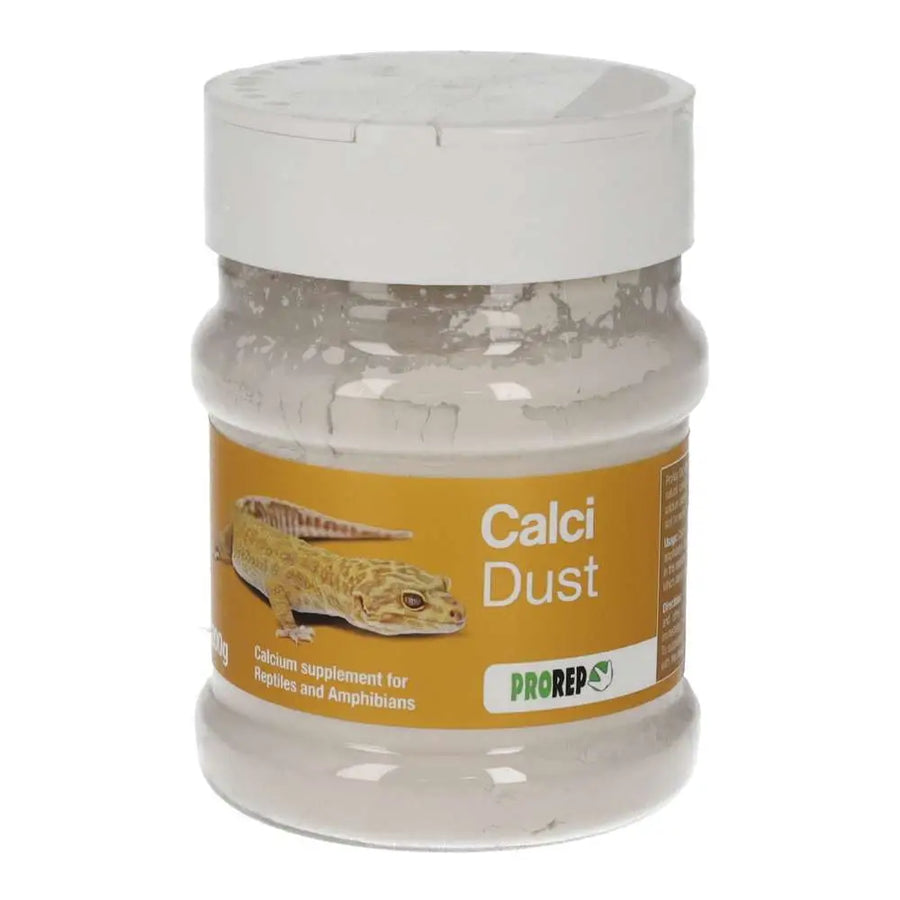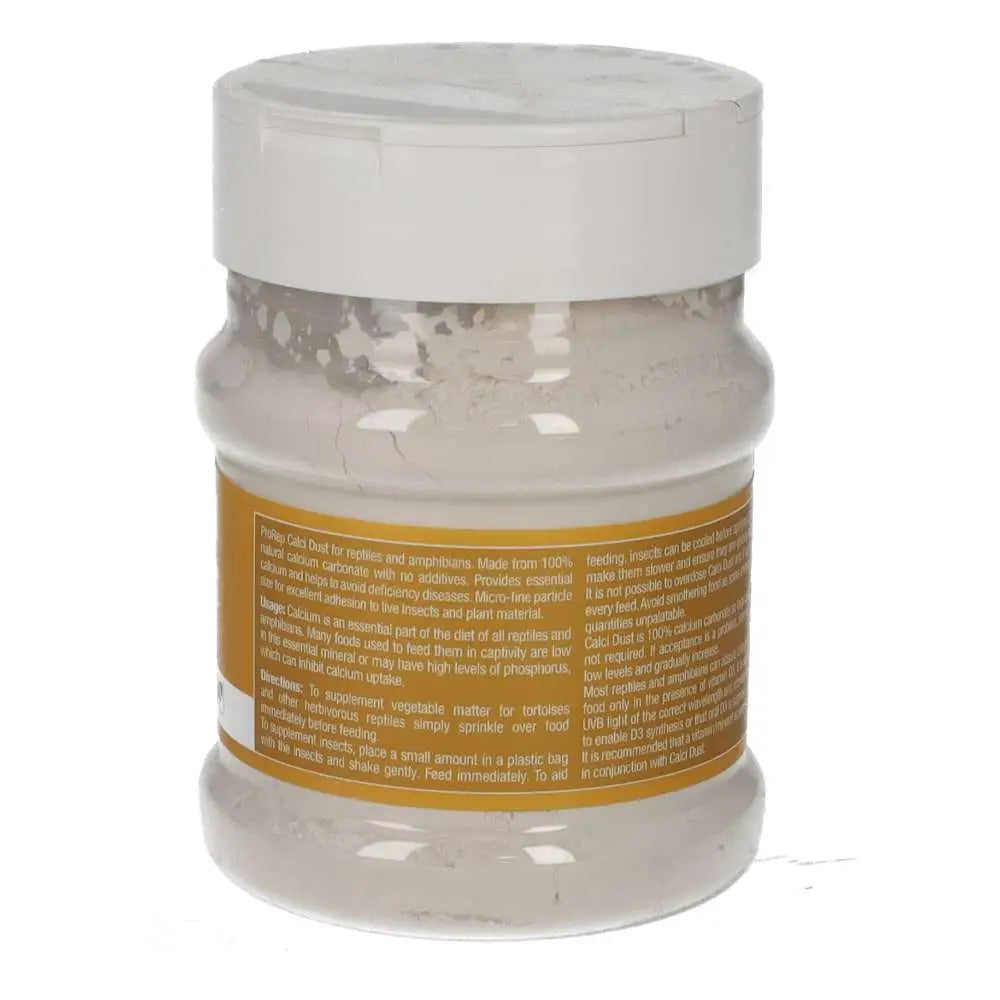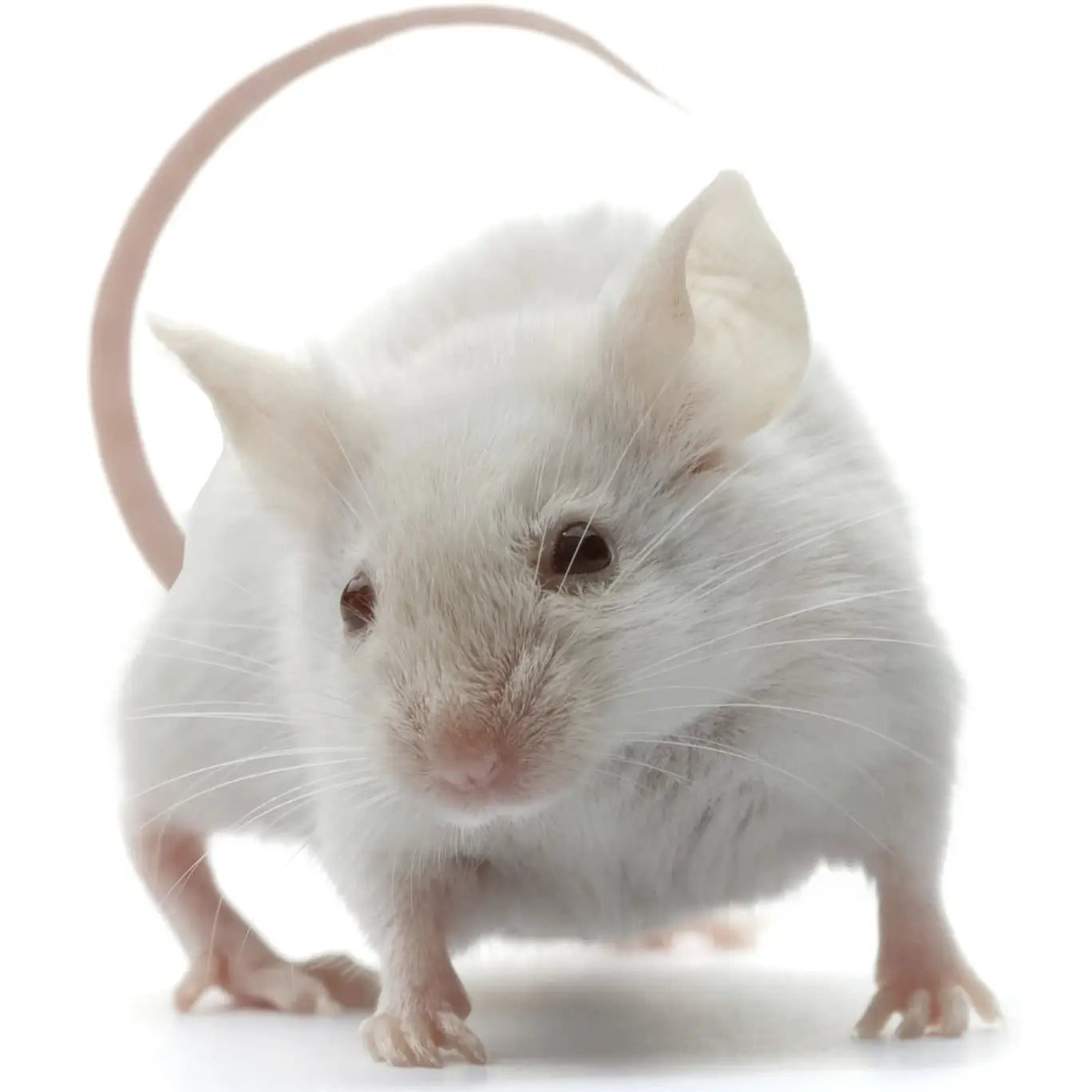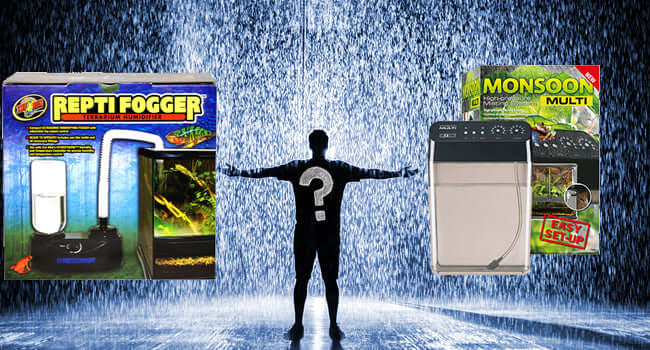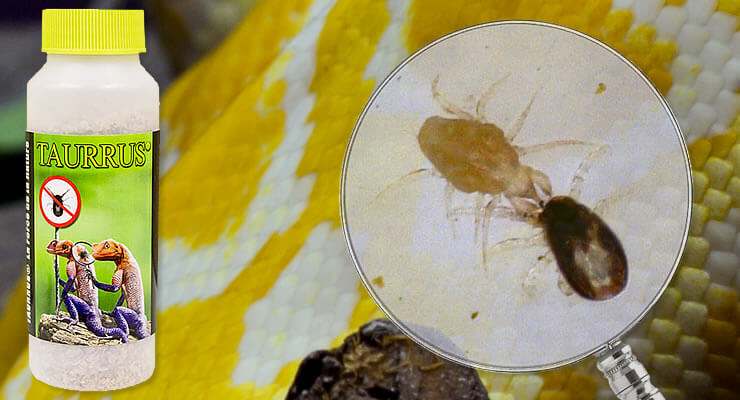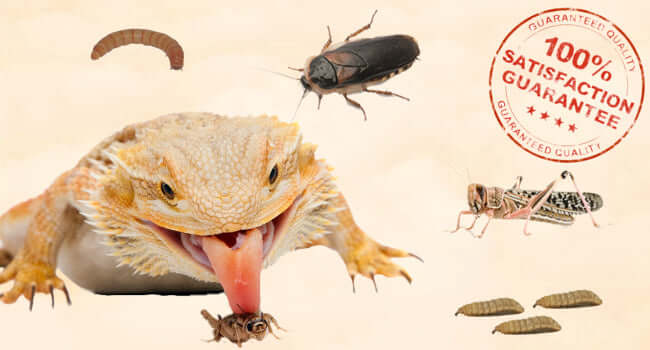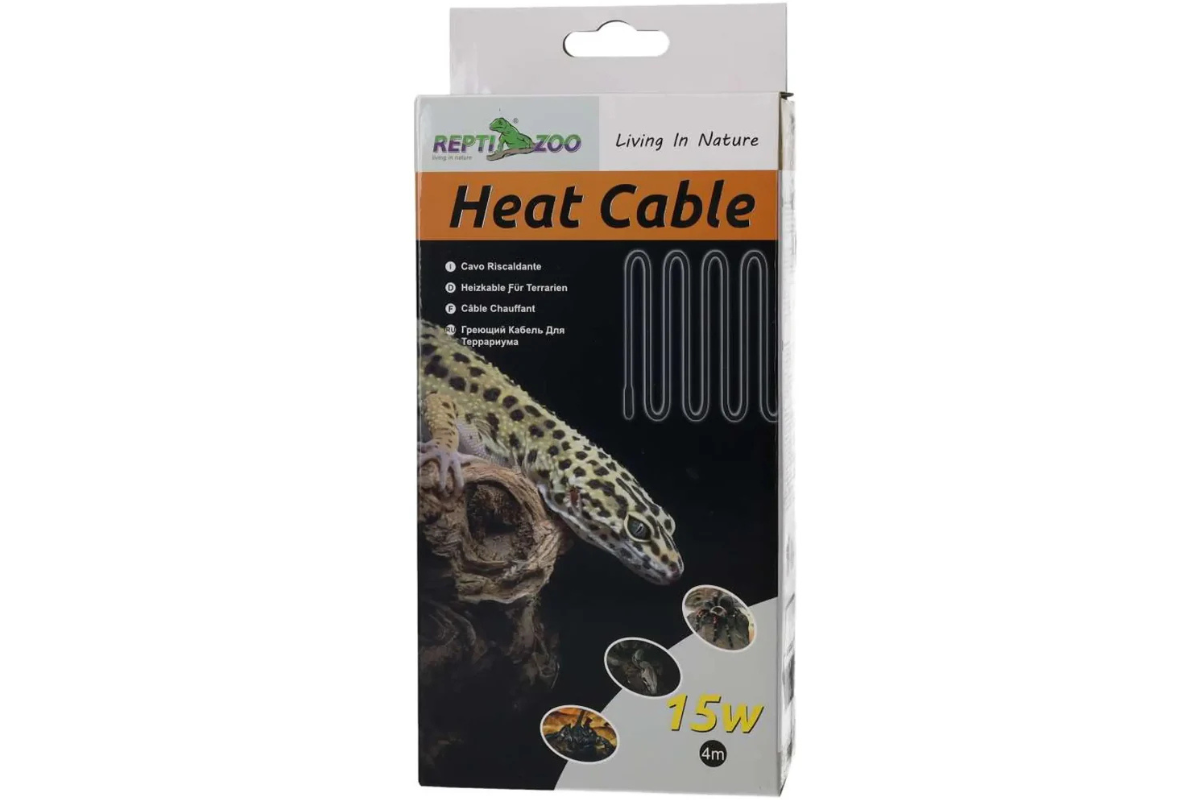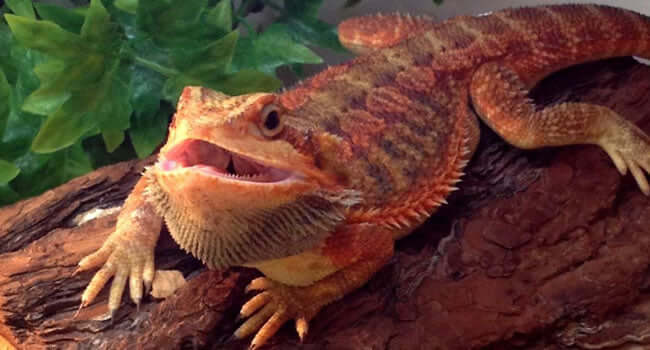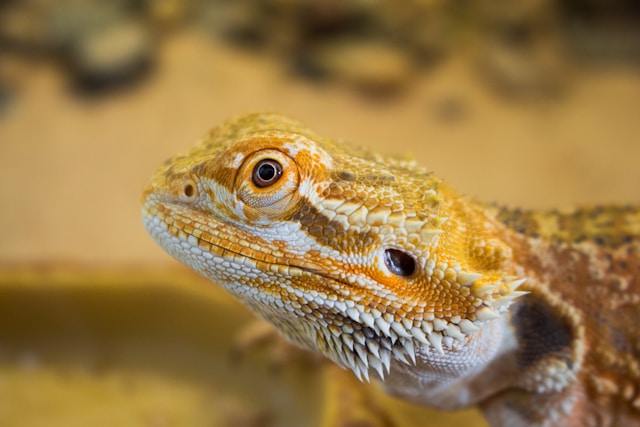
Setting Up a Bearded Dragon Enclosure: Thermostat Specifics
by Luke Tansley on in Bearded Dragons Products
Bearded dragons are brilliant pets for first-time owners. As long as their requirements are met from day one they are very hardy animals, perfect for beginners and children. To make it as easy as possible to keep temperatures and lighting consistent and correct throughout the day we have now made sure each heater in our set up list is controlled by a thermostat. To check our set up list please click here.
Building your Bearded Dragon Setup
Assemble the vivarium, then seal internal joints with aquarium-safe silicone or sealant and let it cure for approximately 6 hours to protect the wood. The Vivexotic range now includes removable vents large enough to route cables through so you should not need to re-wire any plugs.
Use a basking bulb and control it with a thermostat, for better control and stable temps. Place the probe at the basking spot, confirm with a digital thermometer, and adjust for seasonal temperature changes (especially in summer) to avoid overheating. Ensure good ventilation (top vents or small fans) so your beardie can thermoregulate naturally, reducing stress and protecting long-term health.

Creating the Basking Area
Set a clear gradient in your bearded dragon’s vivarium: basking surface 38–43°C (100–110°F), cool end ~24–27°C. Mount a focused basking bulb at the warm end (roughly the front third), above a secure platform, with a guard for safety and no night-time light spill (bulbs that emit light stay off overnight).
-
Thermostat choice: For light bulbs, use a dimming thermostat (don’t use a pulse thermostat on lamps that emit light). Pulse proportional thermostats are ideal for ceramics.
-
Probe placement: Put the probe on the basking surface, tape it securely, and measure with separate digital thermostats/thermometers to verify the gradient.
-
Positioning: Lamp centreline ~15 cm (≈6") in from the warm-side wall; aim for the right temperature over one third of the enclosure to create a natural microclimate.
-
Daily checks: Watch for seasonal temperature changes (summer room heat), and adjust output.
-
Good practice: Avoid heat mats for beardies, ensure strong ventilation, and route cables through vents.
Nighttime Heating
In this setup, night heat comes from a ceramic heater. Always use a guard and a suitable thermostat to regulate output, Ceramics don’t emit light, so they won’t disturb sleep. Screw the heater into a rated ceramic holder, fit the guard, and mount it near the back corner of the warm end, leaving a little clearance from walls and other heating equipment for safety.
Once fixed and guarded, plug the heater into the thermostat outside the enclosure. Set the dial to 80°F and place the probe about one-third in from the warm end, a few centimetres above the floor (secure it so it can’t be moved). This maintains a gentle night drop while keeping the environment stable by morning.

Controlling Temperatures
This set up includes a pair of thermostats to control both day and night time heating so it should be fully automatic. We recommend using a thermometer to keep an eye on the temperature in the warm and cool side to make sure that your hardware is all working properly. The thermostats are very reliable but its always best to have a way of double-checking. The thermostat in your kit is best placed on the hot end sidewall, if the basking temperature is correct and the room is not too hot then you should have a good cold end by default.
Setting up the UVB
UVB lets reptiles make vitamin D3 and use dietary calcium, a non-negotiable for a healthy beardie. Fit a T5 UVB tube and reflector to the vivarium ceiling, near the back and angled toward the front to spread light across the basking zone. Route the controller leads through the top vents, clip the tube into the reflector, and secure all devices so nothing can escape or snag.
Follow the manufacturer’s distance chart. UVB is not run on a thermostat; use a timer to match day length. Replace tubes on schedule (T8 ~6 months, T5 ~12 months), and watch for dulling output, a sign that it’s time to purchase a new lamp. Keep wiring tidy and dry; UVB won’t control humidity, but correct placement and renewal will maintain bone health and natural behaviour.

Running the Enclosure
This setup is designed to provide an intense basking area and UV throughout the day and switch to complete darkness with some warmth at night. The basking lamps and UV tube should be on for 10-12 hours per day and off all night. When the basking lamps and UV tube have been turned off the vivarium will begin to cool down, when it gets below the set temperature your thermostat will turn on the ceramic and keep one side warm for you.
If you have any concerns or need any further advise please contact us at sales@reptilecentre.com.


